Chevrolet Camaro
The ’60s was an explosive time for the car industry. New cars were exciting and bold, powerful and fast, and more about looks than about seeing how reliable they could be. Pony cars. Muscle cars. Personal luxury vehicles. They came into existence in the ’60s, along with many other models that promised a never-before-seen kind of ride. Here’s a trip down memory lane, back to a time when anything seemed possible, and the future was an open road…
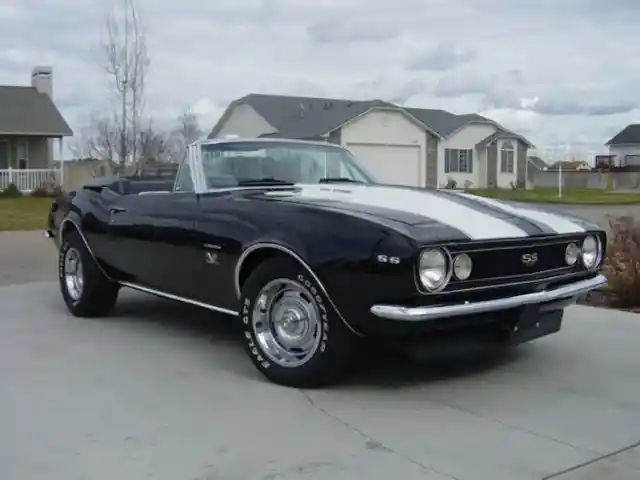
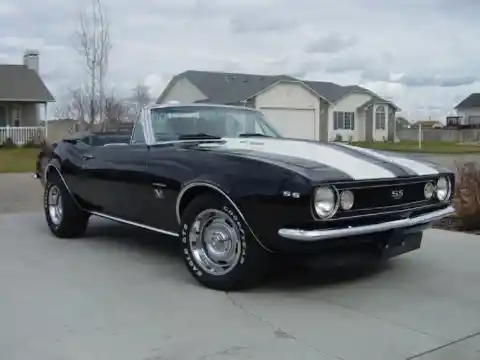
Two and a half years after the release of the Mustang, Chevrolet let loose the Camaro, a 3,000-lb, rear-wheel drive, awesomely designed muscle car. Partly due to negative press from Ralph Nader’s book, Unsafe at Any Speed, Chevy realized their compact sports car, the Corvair, wouldn’t be on the same level when it came to the Mustang’s sales numbers. In response, Chevy mimicked the design of the Mustang, and although the first-generation Camaro lasted only three years, it would inspire the design of the retro fifth-generation Camaro.
Jaguar E-Type
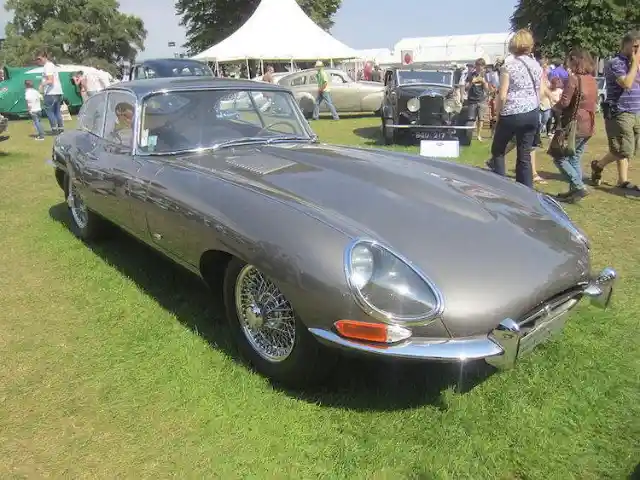
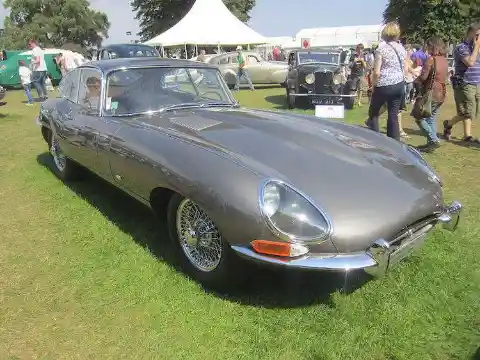
When this Jaguar first came out, it was one of the fastest cars on the road, but it only cost a fraction of other exotics vehicles. Adding to its desirability: Enzo Ferrari called it “the most beautiful car I’ve ever seen.” Based on a proper racing frame, it was stunningly gorgeous, and the chassis was top-notch.
Porsche 911


The Porsche 911 was only the second model produced by Ferdinand Porsche. Ferdinand was hoping for a larger, more powerful car to take over for his first model, the 356; not surprisingly, the 911 would become a legend as well as an icon of automotive technology. Known more for its beauty and superb handling than for its powerful engine, the 1964 Porsche 911 came with plenty of options, including targa tops and gasoline-burning cabin heaters. As of May 2017, one million 911s have been manufactured; the one millionth 911 is on display at the Porsche Museum in Stuttgart, Germany.
Ford GT40
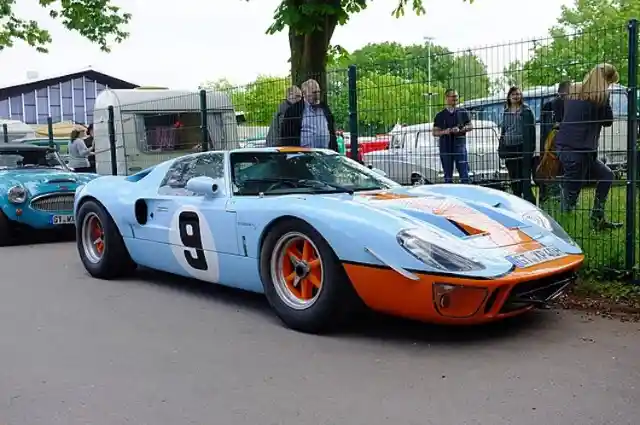

Produced between 1964 and 1969, the Ford GT40 was a high-performance race car. Only 105 of them were produced, and it’s considered one of the most iconic cars in history, especially in racing circles. The GT40 famously won the 24 Hours of Le Mans four consecutive years, from 1966 to 1969; the 1966 win was the first victory for an American manufacturer at a major European race since 1921. Truly one of the most dominant automotive machines of its day, the GT40 had a top speed of around 210 mph, making it the fastest car of the era.
Chevrolet Corvette
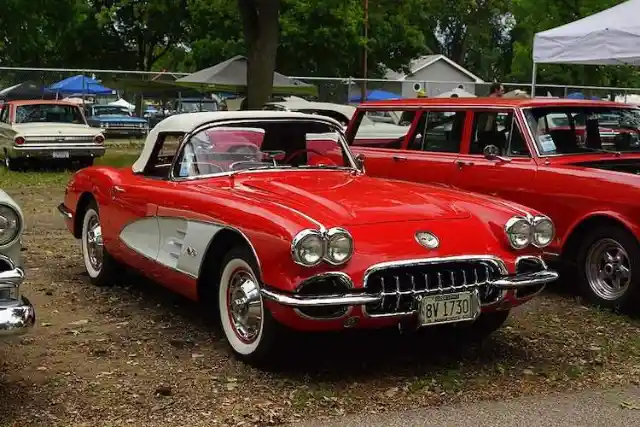
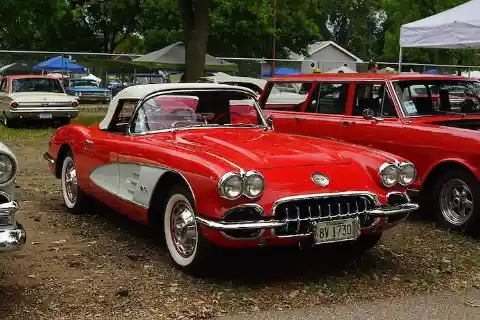
The C2, a second-generation Corvette is generally recognized as the car that defined the ‘60s. The ’63 Corvette was based off the Mako Shark concept car and featured an independent rear suspension. Renowned as a super fast, tough sports car, the Corvette began selling at affordable prices, but today a big block C2 regularly sells for over six figures. These cars pushed the envelope in terms of style and performance, and they have continued to do so since the second half of the 20th century.
Ford Mustang
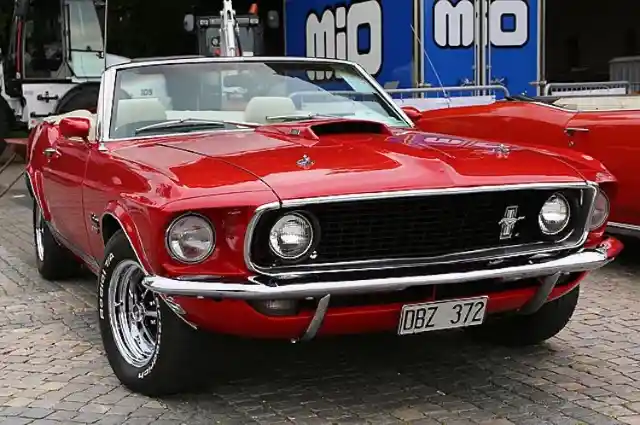
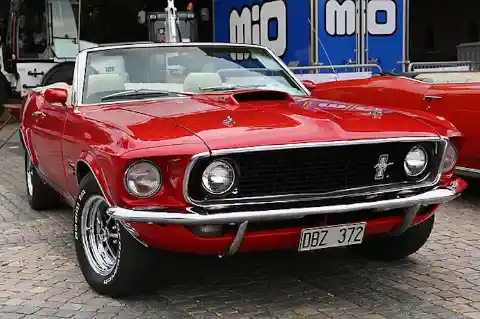
Considered the single most iconic car in America during the 1960s, the Ford Mustang is the original pony car. Cheap yet good-looking, the original Mustang wasn’t very fast, but a V8 option showed what the car could do; the addition of better V8s and a four-speed transmission ramped up demand for Mustangs even more. The Mustang is so iconic that even people who aren’t car fanatics know what the car is. The Mustang created its own market and gave rise to competitors like the Chevy Camaro, Pontiac Firebird, Plymouth Barracuda, and Dodge Challenger. During the first model year, a record 318,000 Mustangs were sold, and more than one million Mustangs were built within its first 18 months, reinforcing its place in history as the most popular car in America.
Volkswagen Beetle
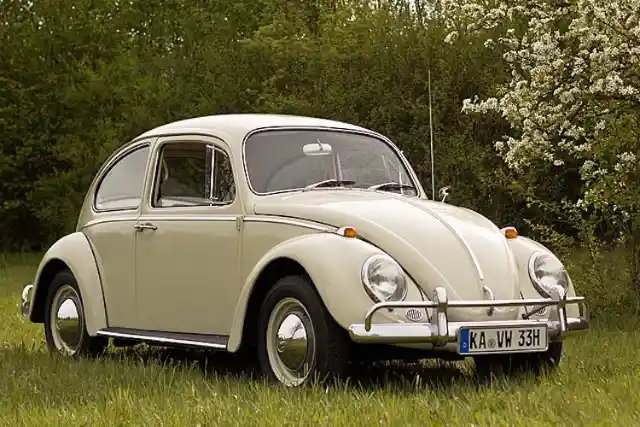
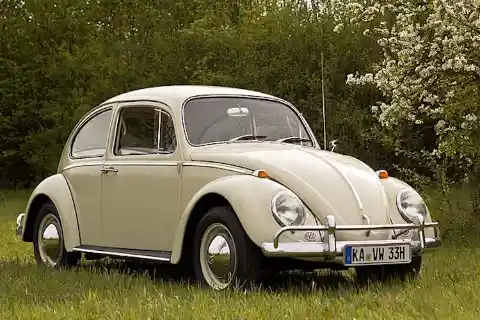
The Volkswagen Beetle has one of the longest lifespans of any car in history. First introduced in 1938, pre-WWII, the Volkswagen Beetle would continue being produced until 2003. The most famous and popular Beetle, the Type 1, sold over 21 million units. The small, cheap, reliable air-cooled car paved the way for much more expensive cars like the German BMW and Mercedes. Its engine only had 25 hp and was designed for a top speed of just 62 mph. Even though Volkswagen—including the company, its name, and its models—were the brainchild of Adolf Hitler and Ferdinand Porsche, the thinking behind the car is much older than Nazism. The “People’s Car” has existed since mass-produced cars came into existence, and the Beetle lived on past the dark days of WWII and its creators.